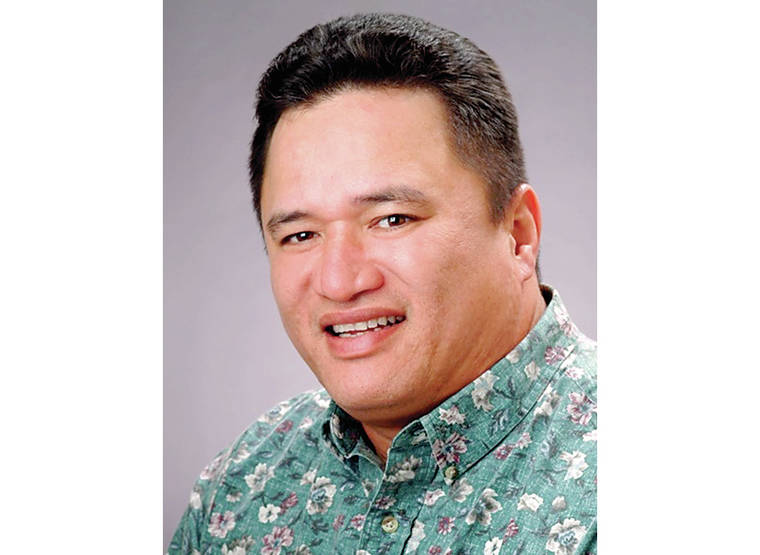Puna Geothermal Venture will begin drilling a new production well this week, according to a letter sent out earlier this month to neighbors and community members.
Drilling will begin on the Kapoho State 18, or KS-18, well on Wednesday and is expected to be completed by Jan. 16, 2020, the letter states.
This work comes as PGV moves to resume operations after being isolated by lava during the 2018 eruption of Kilauea volcano.
Lava destroyed a substation and covered a few geothermal wells, as well as cut off road access to the state’s only geothermal power plant, but it was otherwise spared significant damage in the eruption that began May 3, 2018, in lower Puna.
The state Department of Land and Natural Resources in August approved permits for two new wells — KS-18 and KS-17 — but PGV officials were still debating a course of action at that time.
During a community meeting in mid-September, PGV officials said they were still deciding whether to drill a new well or clean out an existing one.
“We were planning to drill the new well before the eruption,” said Mike Kaleikini, PGV’s senior director of Hawaii affairs, adding that PGV is refurbishing wells it closed up prior to the eruption.
So far, Kaleikini said several injection wells have been recovered and PGV is in the process of recovering one production well.
PGV will eventually drill KS-17, a reinjection well and the second well permitted by DLNR in August, said Kaleikini.
“We will still continue to recover and refurbish other existing wells,” he said.
Kaleikini said there will be “activity” associated with the drilling of the new well, “but it should not be much more different from what is occurring currently with the refurbishment and recovery of the existing wells,” as the same equipment is used.
PGV is allowed to build as many as 28 wells under a plan of operation approved in 2006.
It currently has 11 wells — five for injection and six for production — that range in depths of 4,000 feet and 8,000 feet.
The KS-18 will have a depth of about 5,000 feet.
Kaleikini said it has been PGV’s plan to be operational, meaning online and generating and exporting electricity, before the end of 2019.
That’s still the goal, he said, and “come next year, we’ll continue to improve on what’s going on in our facility.”
However, a docket from Hawaii Electric Light Co. — with the application for the construction of overhead transmission lines that will reconnect PGV to the HELCO grid — was suspended by the state Public Utilities Commission in August, pending additional information regarding project permits and a renegotiated power purchase agreement between the two companies.
HELCO had been in negotiations with PGV regarding a possible amended and restated power purchase agreement that would, among other things, de-link the cost of power from the price of oil, an order from the PUC states.
The commission had requested quarterly updates beginning on June 1 regarding the status of permits required for the project.
Because it lacks “substantive details on a renegotiated PPA,” and an expected timeline for various permit approvals following a quarterly update submitted on June 3, the commission suspended the docket until Dec. 31 with the expectation that the information will be provided by the end of 2019.
Kaleikini referred questions about that matter to HELCO, but a spokesperson could not be reached for comment.
He said, however, PGV would help HELCO “however we can.”
A PGV information line offers a daily recorded message that gives up-to-date information on plant and well field activities at 934-9072, and a well 24-hour response line for those with questions is available at 369-9094.
Email Stephanie Salmons at ssalmons@hawaiitribune-herald.com.




